The 3rd Biomedical Innovation Workshop 2012 Report
Nov. 27, 2012
日本語ページへ
The 3rd Biomedical Innovation Workshop 2012 Program
Biomedical Innovation Workshop 2012
Healthcare and Innovation
- What are the drivers for innovation? -
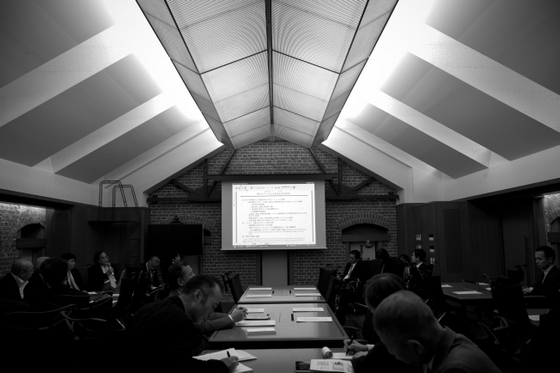
Photo: Ryoma K
To promote biomedical innovation three incentives must be in place: (1) pathways to launch new medical products and technologies, (2) rewards for innovation, and (3) resources for R&D. At this workshop, financing and human capital were the particular focus of our attention. We also recognized that the three key incentives that we have identified should be structured to reflect design features of products and technologies and be updated incrementally using relevant data. The “5-year strategy for biomedical innovation,” published June 6, 2012, is an initiative aimed to address these three incentive issues. In keeping with the goals of the strategy, we look forward to more concrete and effective incentive scheme design, incremental improvements, and review for further reforms in the light of outcome assessments.

Opening Remarks
Panelists
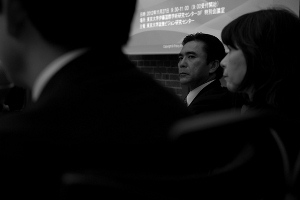
Akio Onishi
Project Professor, Graduate School of Public Policy, the University of Tokyo
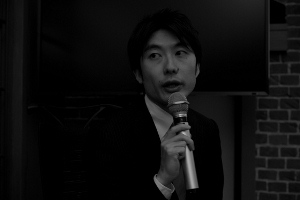
Makoto Shiono, LL.M.
Managing Director/Partner, Industrial Growth Platform, Inc. (IGPI)
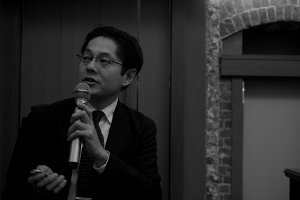
Dr. Shintaro Sengoku
Associate Professor, Institute for Integrated Cell-Material Sciences (WPI-iCeMS), Kyoto University, and iCeMS Innovation Management Group Leader
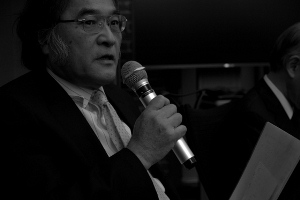
Ryozo Hayashi
Visiting Professor, Graduate School of Public Policy, the University of Tokyo
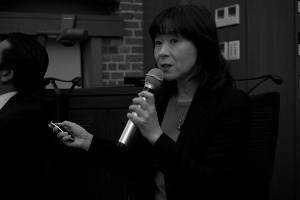
Mariko Mimura
Director and General Counsel of Novartis (lawyer)
Dr. Yoichiro Matsumoto
Professor, Graduate School of Engineering, and Executive Vice President, the University of Tokyo; Director of the Division for Promoting Biomedical Innovation at the Cabinet Secretariat
Chiaki Sato (Moderator)
Project Assistant Prof, Ph D., UTokyo PolicyAlternatives Research Institute (PARI), the University of Tokyo
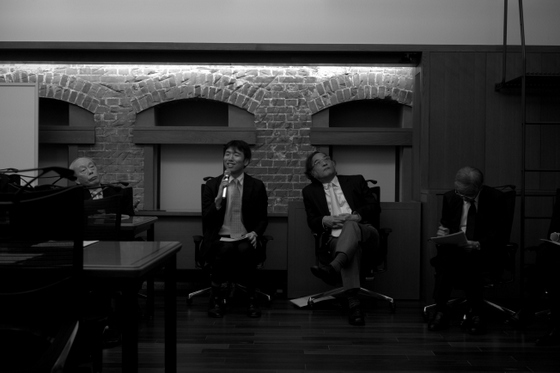
- The resources issue
Adequate financing of innovation is, of course, crucial. Owing to lack of funding, there are presently shortages in human capital for research and management, too few, networks involving foreign technologies and finances, and, with a venture capital shortfall of about $10million, far too few exits for bio-ventures. During 2002-2010, investments in biomedical technology, pharmaceuticals and healthcare were on downward trends in about 70-90 cases. As for listed biomedical companies in Japan, there were a mere 0-5 cases yearly from 2000 to 2010.
- The pathways and rewards issue
We need to establish new regulations and rewards for innovation in biomedical products and technologies, separately from those that apply to pharmaceuticals. We noted that medical device development has been characterized by short-term product cycles for investments and a bias toward non-cure outcomes (symptom alleviation, improving quality of life, less burdensome diagnostics and treatments, less invasive procedures, reduced inpatient care, increased home care, etc.). Bridging the gap between the clinical arena and manufacturers is also essential for R&D in medical devices, since their use is in the hands of medical practitioners, who require training (with pharmaceuticals, physicians merely prescribe according to diagnosis and that is all). - Funding for clinical trials and researches
We need to discuss effective dual use of both public and private funding in clinical trials and researches. This is necessary if we are to achieve properly cooperative relationships between research hospitals and manufacturers, with greater transparency both to the public at large and to individual patients, as has been achieved in the U.S. through the "Physician Payment Sunshine Act".
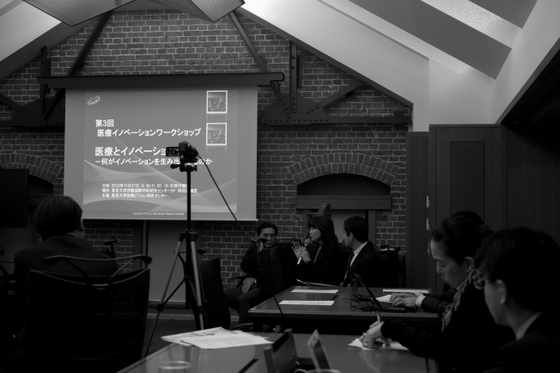
- Exits for technologies related to stem cells
The Japanese have traditionally been strong in academic research but less competitive when it comes to innovation, marketing and industrial development. To promote goal- oriented biomedical innovation policies, we need to consider not only the medical products and treatments arising from research in regenerative medicine but also products and services related to the realization of such medical care. In addition, there have been few initiatives to address unmet medical needs through the development of new products, technologies and services that link incentives, biomedical innovation and national economic growth.
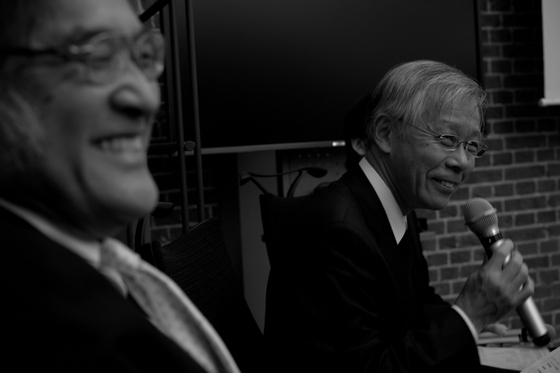
Photo: Ryoma K


